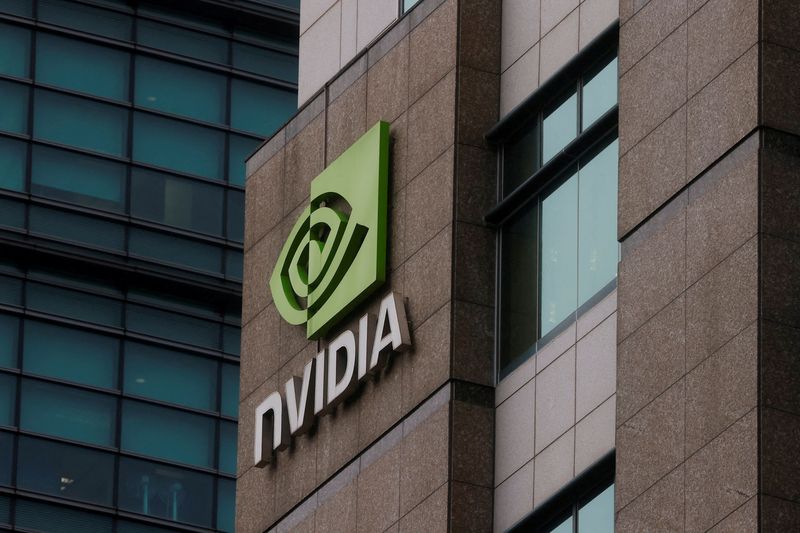
The good news for retirement savers who use 401(k) plans and similar workplace retirement accounts is that an improving stock market is raising account balances. The average 401(k) has increased by an average of $7,250 — a 9.6% gain — since the end of 2022, According to a Bank of America report.
The report also found that 401(k) plan participants contribute an average of 6.5% of their income. Using data from Vanguard, the Bureau of Labor Statistics (BLS) and the BofA’s reported contribution rate, SmartAsset calculated where your 401(k) balance could stand based on a few different default ages.
a financial consultant They can help you plan for withdrawals from a retirement account, such as a 401(k). Speak with a financial advisor today.
Increased account balances vs. increased withdrawals
While account balances have risen, the number of workers withdrawing hard money from their 401(k) increased by 36% compared to the second quarter of 2022. This comes as Americans continue to grapple with higher interest rates, as well as higher housing and food costs. It has risen steadily amid recent inflation.
“The data in our report tells two stories — one about growing balance and optimism from younger employees and maintaining contributions, contrasted with the growing trend of plan withdrawals,” said Lorna Sabbia, Bank of America’s president of retirement and personal wealth solutions. press release. “This year, more employees are understandably prioritizing short-term expenses over long-term savings. However, it is critical that employees continue to invest in life’s biggest expense—retirement.”
While the rate of employee contributions retirement savings accounts It was steady at 6.5% for the first half of the year, most financial experts advise saving 10% to 20% of your gross earnings for retirement. One strategy is to increase your savings rate by 1% each year, as well as add half of any salary increase to your retirement savings.
Calculate potential retirement savings by age
With this in mind, how much savings could you have by the time of retirement if you contributed 6.5% of your salary each year? SmartAsset examined four hypothetical savers between the ages of 25, 35, 45 and 55, all of whom contribute 6.5% of the average salary for their age group.
-
stop life: 25
-
Average retirement savings for ages 25-34: $11,357
-
salary average: $54,184
-
Expected savings at age 65: $1,900,310
-
-
stop life: 35
-
Average retirement savings for ages 35-44: $28,318
-
salary average: 63,908 dollars
-
Expected savings at age 65: $1,022,366
-
-
stop life: 45
-
Average retirement savings for ages 45-54: $48,301
-
salary average: 64,116 dollars
-
Expected savings at age 65: $497,607
-
-
stop life: 55
-
Average retirement savings for ages 55-64: $71,168
-
average salary: $61,672
-
Expected savings at age 65: $230,481
-
These calculations are based on data from the following sources:
As you can see, you should start Saving for retirement As soon as possible, to allow enough time for this Compound interest to do its job. A 25-year-old starting with average retirement savings ($11,357) for people ages 25-34 can retire with more than $1.9 million by saving 6.5% of their salary over their career. But the savings rate of 6.5% isn’t nearly as viable for a 45-year-old who will have less than $500,000 by retirement age. The savings rate is less effective for a 55-year-old who will retire with only $230,000.
prospects for retirement savers
Not surprisingly, younger workers who start saving early in adulthood can build a big nest, thanks to the effects of compounding earnings over time. In fact, financial planners contend that past savings can help investors overcome financial setbacks later in life due to compounding effects over time.
Another point to note is that workers who are automatically enrolled in an employer’s 401(k) program should make an effort to look at their investment options and ensure that they increase their savings rate. Most auto-enrolment plans start out at 3% earnings or less, and usually put the money into very safe, low-income investments that likely won’t turn a big profit over time. You may also want to make sure you take advantage of any of them 401(k) matching Submit your employer.
minimum

Too many Americans face retirement without being adequately prepared to support themselves for up to 30 years after leaving work. Reviewing your options and getting to grips with your money, savings, and investments makes you more likely to prepare for retirement. A recent study by Bank of America and SmartAsset accounts shows how important it is to start your retirement savings journey as early as possible.
Retirement savings tips
-
One way to get help with retirement planning is Work with a financial advisor. Finding a financial advisor doesn’t have to be difficult. Free SmartAsset tool It matches you with up to three vetted financial advisors that serve your area, and you can place free introductory calls with your matches with the advisor to select the one you feel is a good fit for you. If you are ready to find a counselor who can help you achieve your financial goals, let’s start.
-
Check out SmartAsset’s 401(k) calculator To see how your income, employer matches, taxes, and other factors will affect how your 401(k) grows over time.
Photo credit: © iStock.com / Cn0ra, © iStock.com / LaylaBird
the post Here’s How Much Americans’ 401(k) Balances Will Grow In 2023. Are Your Balances Going Away? Debuted SmartReads by SmartAsset.



